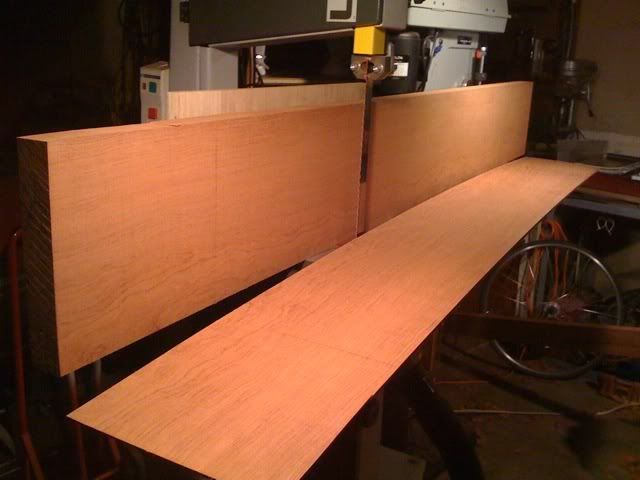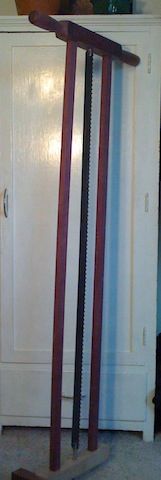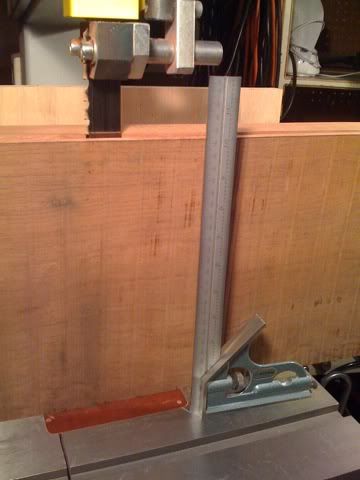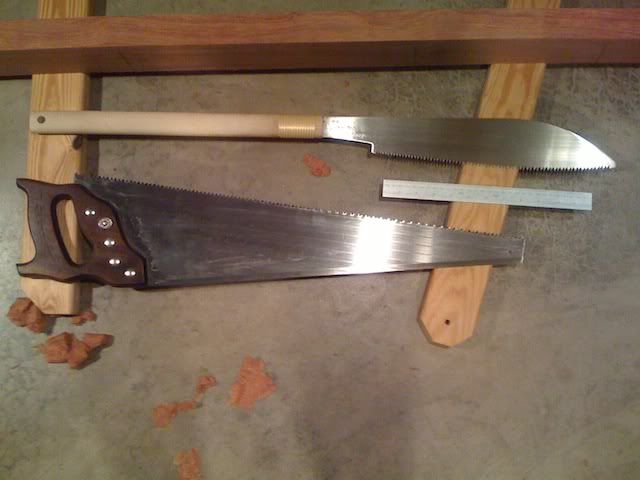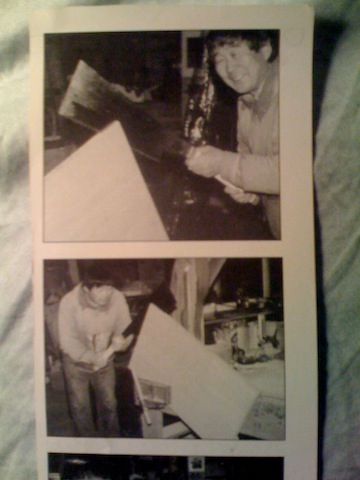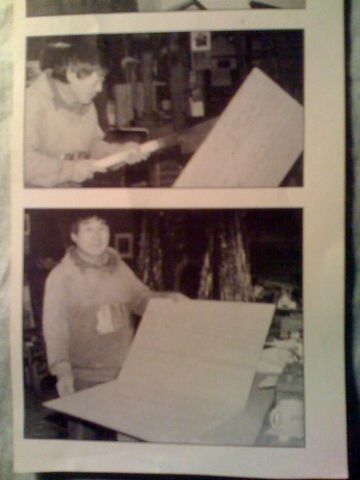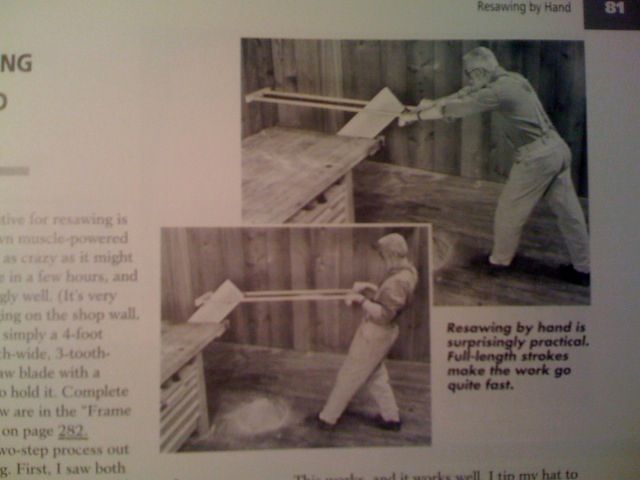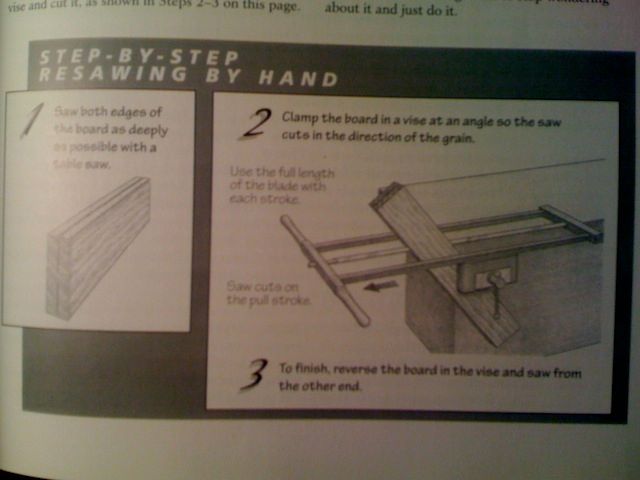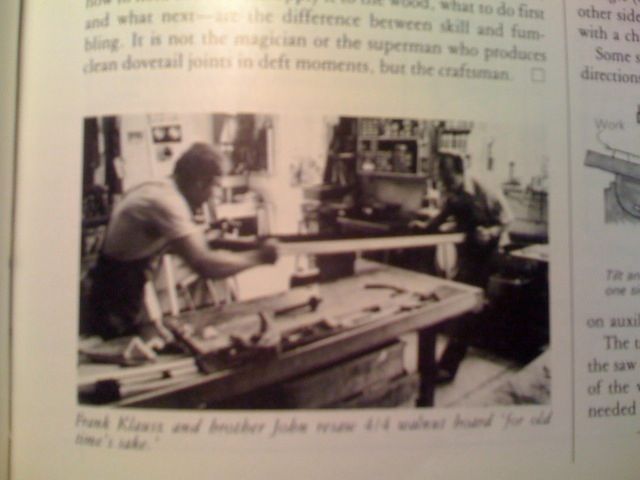I need to re-saw about 24 linear feet of cherry for a bookshelf. I can break the boards down to 3' in length before resawing. Two of the boards will be 1x10's. The others will be 1x8's. I don't own a bandsaw, and do not have access to one. I am considering a bow saw. For those of you who re-saw by hand, do you remember your learning curve? I really don't want to learn on cherry, so I likely will practice on some popular. Also, any recommendations for a bow saw?
The plans call for floating 1/4" panels in the sides, and ship-lapped 1/4" boards for the back. The shelf only stands 40" tall.





 Reply With Quote
Reply With Quote


